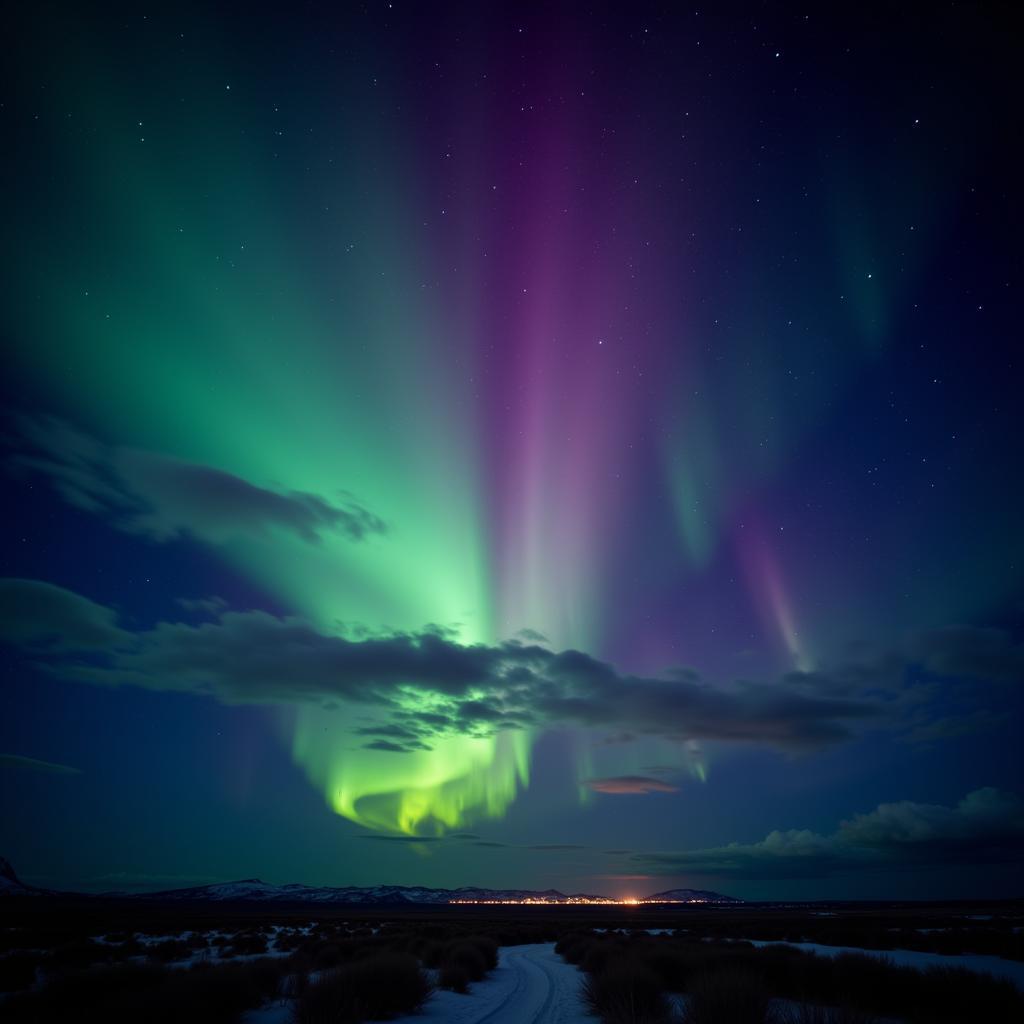Aurora Energy Research delves into the captivating realm where science and the unexplained converge. This field of study seeks to understand and harness the potential energy believed to be associated with the aurora borealis, a mesmerizing celestial display commonly known as the Northern Lights. While still in its nascent stages, aurora energy research has garnered increasing attention from scientists, researchers, and those intrigued by the possibility of tapping into a novel and abundant energy source.
The Science Behind the Aurora and Its Potential Energy
The aurora borealis, a breathtaking spectacle of vibrant lights dancing across the night sky, occurs when charged particles from the sun, carried by solar winds, interact with the Earth’s magnetic field. These charged particles are then channeled towards the polar regions, where they collide with atoms in the upper atmosphere, primarily oxygen and nitrogen. These collisions excite the atoms, causing them to release energy in the form of light, resulting in the mesmerizing colors that characterize the aurora.
 The Aurora Borealis Illuminating the Night Sky
The Aurora Borealis Illuminating the Night Sky
The concept of aurora energy stems from the notion that the vast amounts of energy involved in these atmospheric interactions could potentially be harnessed and converted into usable power. While the exact mechanisms for capturing and converting this energy are still being explored, some researchers believe that specialized antennas or other technologies could be developed to collect the electromagnetic radiation emitted during auroral activity.
Challenges and Opportunities in Aurora Energy Research
Despite its allure, aurora energy research faces significant hurdles. One of the primary challenges is the intermittent and unpredictable nature of auroras. Their occurrence and intensity depend on solar activity, which can fluctuate greatly. This unpredictability makes it difficult to develop reliable and consistent methods for harnessing aurora energy.
Furthermore, the energy density of the aurora is relatively low compared to other renewable energy sources, such as solar or wind power. This low energy density means that large-scale energy harvesting would require extensive infrastructure and advanced technologies, potentially making it economically unviable at this stage.
 Researchers Studying Auroral Activity
Researchers Studying Auroral Activity
Despite these challenges, the potential benefits of unlocking the secrets of aurora energy are vast. If successfully harnessed, it could provide a clean and renewable energy source, reducing reliance on fossil fuels and mitigating climate change. Moreover, the remote and often inaccessible regions where auroras are most prevalent could benefit significantly from a localized and sustainable energy source.
Current Research and Future Directions
Currently, aurora energy research is primarily focused on understanding the fundamental physics of auroral processes and exploring potential methods for energy capture and conversion. Researchers are using a combination of ground-based observations, satellite data, and computer modeling to study the complex interactions between the solar wind, Earth’s magnetic field, and the atmosphere.
One promising area of research involves investigating the possibility of using electromagnetic induction to capture aurora energy. This approach would involve deploying large antenna arrays in areas with high auroral activity to capture the electromagnetic waves generated during auroral displays.
 Conceptual Image of Aurora Energy Collection
Conceptual Image of Aurora Energy Collection
Another area of interest is the development of advanced materials and devices capable of converting the captured electromagnetic energy into usable electricity. This could involve using nanotechnology, metamaterials, or other cutting-edge technologies to create highly efficient energy conversion systems.
Conclusion
Aurora energy research represents a fascinating and potentially groundbreaking field of study. While significant challenges remain in terms of harnessing this elusive energy source, the ongoing research and technological advancements hold promise for a future where the mesmerizing dance of the Northern Lights could contribute to a more sustainable and energy-independent world. As our understanding of this phenomenon deepens, so too will our ability to unlock the hidden potential of aurora energy.